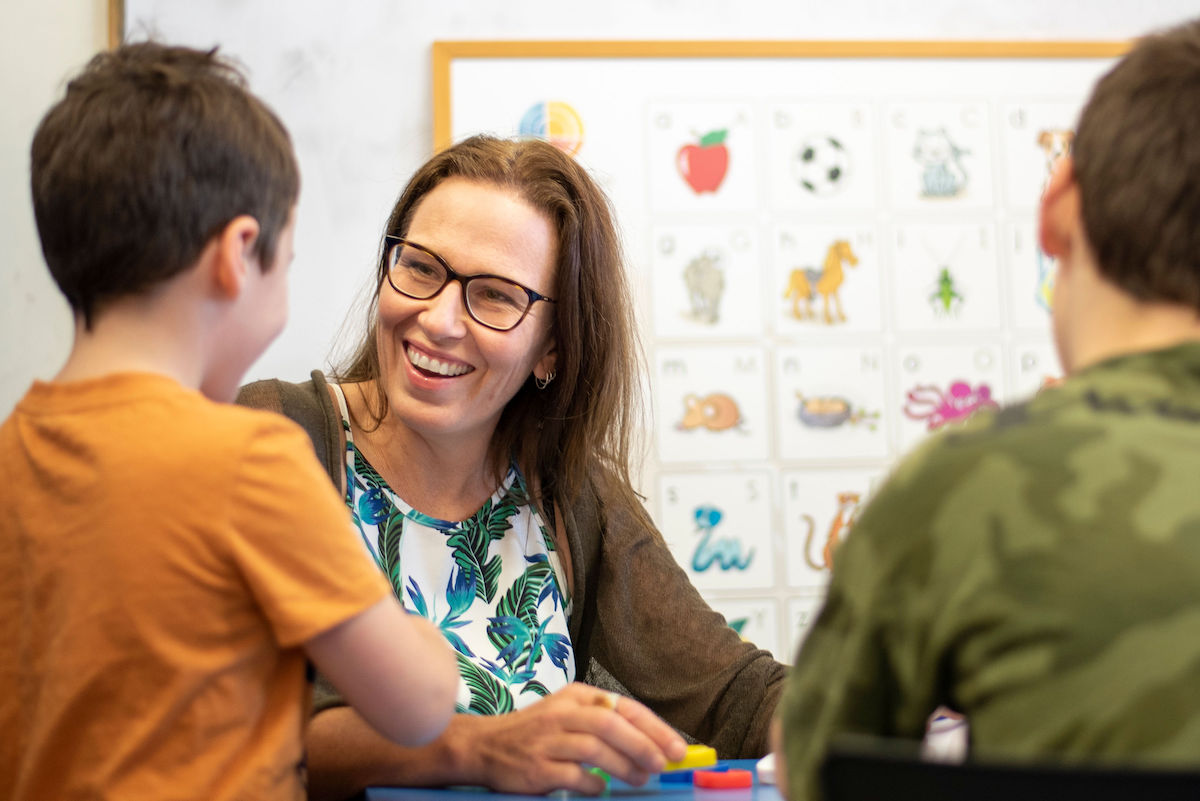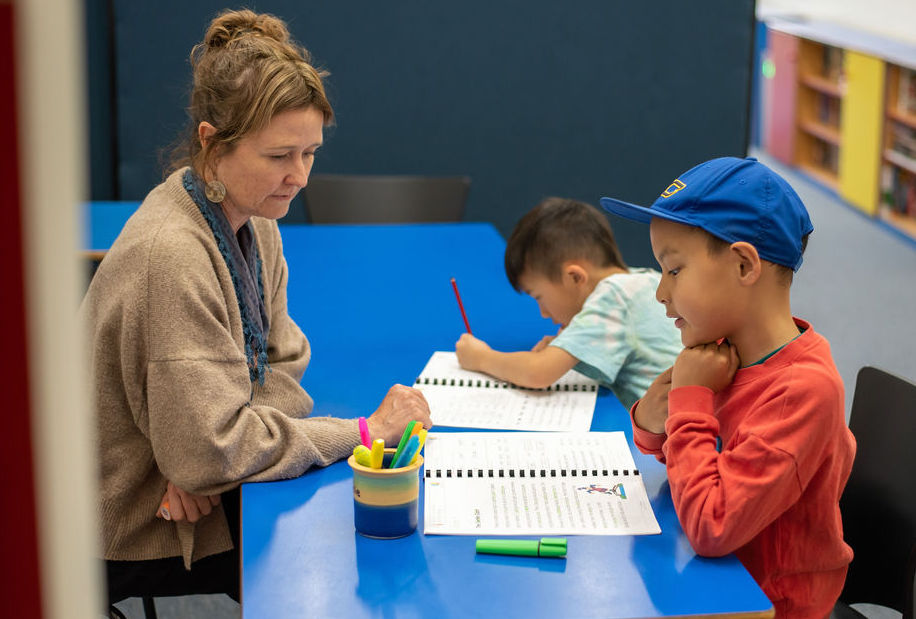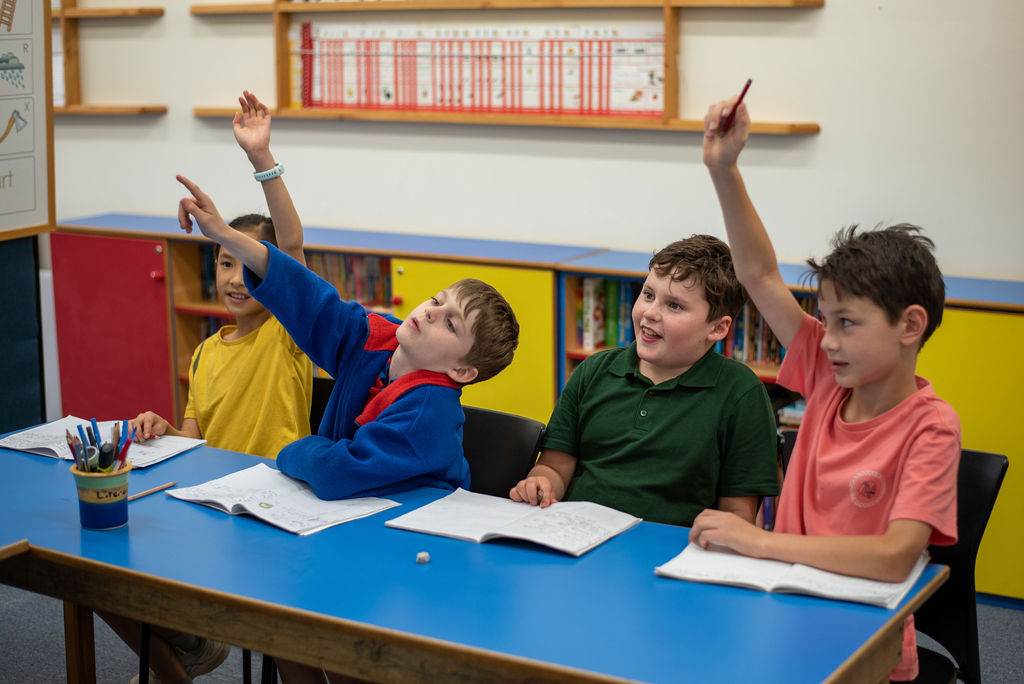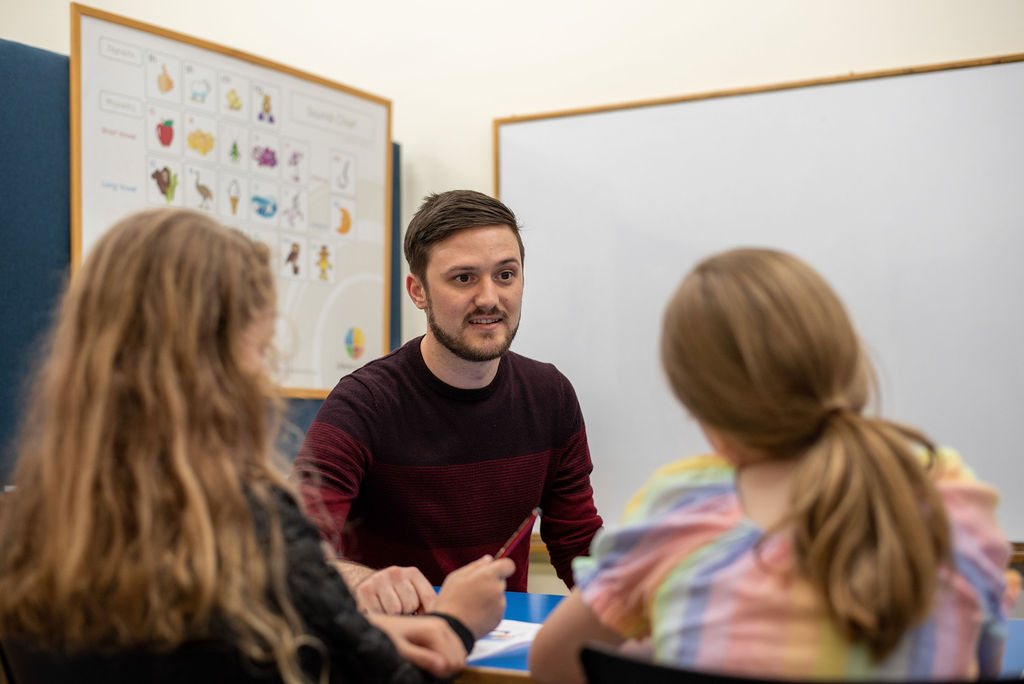Why Literacy Circle Early Literacy Programs Work
Literacy Circle provide world’s best practice in literacy tutoring. We do this because we keep abreast of current thinking around the world regarding how best to educate people.
We are always looking at the latest research to ensure that we have the most effective and efficient programs possible. When our programs are effective, we are delivering exactly what our students need. When they are efficient, we are doing it in the shortest time.
Literacy Circle achieves good results as quickly as possible.
The debate over the most effective method of teaching literacy boils down to two schools of thought:
- those who believe phonics should be the basis and
- those who believe that whole language should be the basis.
Most professionals now agree that an integrated approach that incorporates a range of strategies geared to the particular needs of the students but based in phonics is the best approach.
There are two seminal documents, one Australian and the other from the United Kingdom: National Inquiry in the Teaching of Literacy in Australia (Rowe Report, December 2005) http://www.dest.gov.au/nitl/report.htm and Independent Review of the Teaching of Early Reading in the United Kingdom (Rose Report, March 2006): www.standards.dfes.gov.uk/rosereview/interim/.
Each of these reports is based on comprehensive, evidence-based research and takes account of the current research around the world into the teaching of literacy.
Both reports endorse the use of explicit phonics (synthetic phonics in the UK) to teach literacy in a setting where, though phonics is the basis, a wide range of multi-sensory strategies are used to instil in children a love of reading and a desire to learn.
The Rose Report received an endorsement from the National Literacy Trust (NLT) http://www.literacytrust.org.uk/ in the United Kingdom. NLT is a well-respected, independent charity dedicated to contributing to the United Kingdom becoming a literate nation.
Because of the comprehensive, research-based nature of the reports and the fact that they are in agreement concerning the fundamentals of teaching literacy, this paper uses the key recommendations of both reports as benchmarks against which Literacy Circle’s program should be evaluated.
First, what is ‘explicit (synthetic)’ phonics?
The method of teaching a child that the word ‘dog’ is made up of three sounds ‘duh’ ‘o’ and ‘guh’ which correspond to the three letters of the word is analytic phonics. Using the reverse approach and teaching a child that the letters d o and g correspond to the sounds ‘duh’ ‘o’ and ‘guh’ and that these can be combined (synthesised) to make the word ‘dog’ is synthetic phonics. The synthetic approach has proven more effective1,2 and longer lasting3.
Second, what’s meant by ‘explicit instruction’? 5
The commonly used implicit approach, or ‘discovery learning’, is where children are shown examples and then they work out the rules. It is much more effective to explicitly tell children the rules for phonics, as they can be difficult from them to work out for themselves.2,4
Literacy Circle programs based on “Explicit Phonic Instruction”
- teaches phonemic awareness so that the each sound in the word can be identified and written e.g. dog is d-o-g, man is m-a-n, stop is s-t-o-p, coat is c-oa-t
- quickly teaches correspondence between letters and sounds and follows with how to blend the sounds for reading, following a clear progression of sounds6 e.g. d-o-g is dog, m-a-n is man, s-t-o-p is stop7
- teaches main digraphs (letter combinations) for blending and segmenting (identifying all sounds in the word)
- uses a simple method of decodable text,
- teaches sight and other tricky words by blending them but pointing out the unusual parts
- has blending each sound in the word as the primary strategy for reading unknown words
- word patterns covered to assist with spelling
- teaches comprehension
- teaches listening
- teaches writing
- initial and ongoing assessment of each student
All decodable text has its origins in the International Phonetic Alphabet (IPA)8. With the English Language having 44 (45) sounds and only 26 letters in the alphabet, several systems have evolved to identify these sounds by simplifying the IPA. These systems required the student to learn an additional phonetic alphabet to identify the sounds. Some of these are expressed in numbers, letters and other with symbols. That is the student has to know that number “21” or a “symbol” refers to a particular sound, say the diphthong sound ‘er”. The result is that a word like “photograph” could have up to nine numbers, symbols or diacritics attached. The result is “symbolic confusion” to the reader, making an already difficult task, even harder.
Literacy Circle’s decodable text minimises the use of “phonetic clues” to make the sound “self-evident” within the text.
The most effective learning takes place when the students are happy, engaged in the learning process and take learning styles into account. Each Literacy Circle lesson is constructed to take into account each individual student’s learning style.
- Watson, JE and Johnston, RS (1998). Accelerating reading attainment: The effectiveness of synthetic phonics. Interchange 57: SOEID, Edinburgh.
- Coltheart, M and Prior, M (2007). Learning to read in Australia. Occasional Paper 1/2007Policy Paper # 6: The Academy of the Social Sciences in Australia, Canberra . (Accessed at http://www.assa.edu.au/Publications/OP/op12007.pdf)
- Accelerating reading and spelling with synthetic phonics: a five year follow up. Scottish Executive Education Department, March 2003, Insight 4. (http://www.literacytrust.org.uk/Update/synthetic.html)
- Kirschner, PA, Sweller, J and Clark, RE (2006). Why minimal guidance during instruction does not work: an analysis of the failure of constructivists, discovery, problem-based, experiential and inquiry based teaching. Educational Psychologist, 4: 75-86.
- Hepplewhite, D. What is ‘synthetic phonics’ and ‘analytic phonics’ teaching? (http://www.syntheticphonics.com)
- http://www.synthetic-phonics.com/phonics_methods.html
- The synthetic phonics teaching principles. http://www.rrf.org.uk/
- http://www.omniglot.com/writing/ipa.htm




